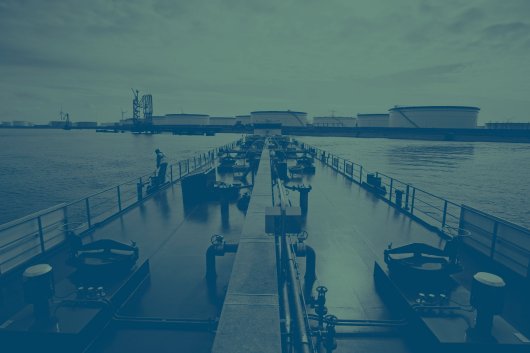EnScrub technology firm wins grant
$500,000 grant awarded by the U.S. National Science Foundation (NSF).
EnSolve Biosystems, Inc. has announced that it has won a $500,000 Phase IIB National Science Foundation (NSF) grant to continue commercial development of its EnScrub technology, which treats particulates and petroleum hydrocarbons from the effluent of shipboard sulphur oxide (SOx) scrubber systems.
The first EnScrub system was installed in early 2015 on a ship operating in the Great Lakes, and is now said to be "successfully" treating and legally discharging scrubber water. The funds from the NSF Grant are to be used to gather additional technical and economical data in an effort to further refine and improve the EnScrub technology, EnSolve said,
"We are getting a tremendous response to the EnScrub technology," explained Jason Caplan, president of EnSolve. "The fact that we are legally discharging the majority of scrubber water processed by the EnScrub system provides ship owners a significant cost savings option compared with off-site transportation and disposal of such wastes. For this particular ship, we are estimating cost savings of $800,000 to $1,000,000 per year on behalf of the ship owner."
The U.S. company says it is in discussions with a number of scrubber companies for the possible inclusion of the EnScrub technology in their scrubber product lines. EnScrub models are now available for closed-loop, open-loop or hybrid applications.
Image: EnScrub technology
The first EnScrub system was installed in early 2015 on a ship operating in the Great Lakes, and is now said to be "successfully" treating and legally discharging scrubber water. The funds from the NSF Grant are to be used to gather additional technical and economical data in an effort to further refine and improve the EnScrub technology, EnSolve said,
"We are getting a tremendous response to the EnScrub technology," explained Jason Caplan, president of EnSolve. "The fact that we are legally discharging the majority of scrubber water processed by the EnScrub system provides ship owners a significant cost savings option compared with off-site transportation and disposal of such wastes. For this particular ship, we are estimating cost savings of $800,000 to $1,000,000 per year on behalf of the ship owner."
The U.S. company says it is in discussions with a number of scrubber companies for the possible inclusion of the EnScrub technology in their scrubber product lines. EnScrub models are now available for closed-loop, open-loop or hybrid applications.
Image: EnScrub technology
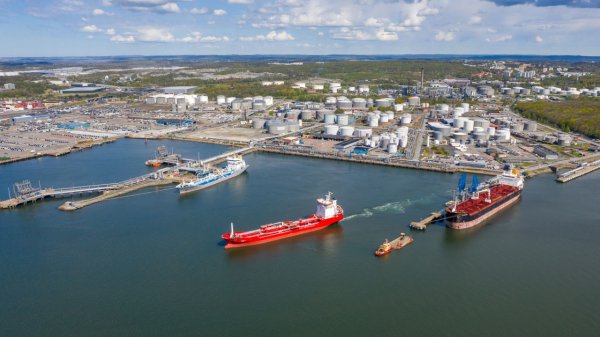
|
Swedish biomethane bunkered in Gothenburg
Test delivery performed by St1 and St1 Biokraft, who aim to become large-scale suppliers. |
|
|
|
||
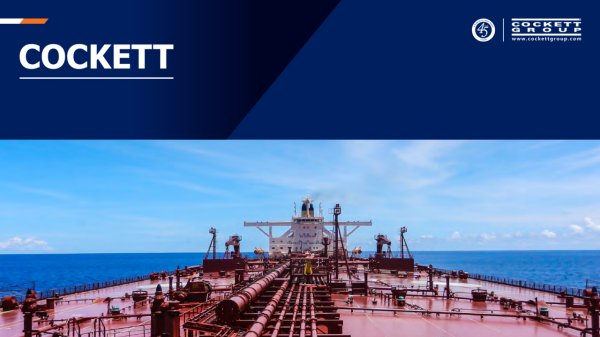
|
Cockett to be closed down after 45 years
End of an era as shareholders make decision based on 'non-core nature' of Cockett's business. |
|
|
|
||
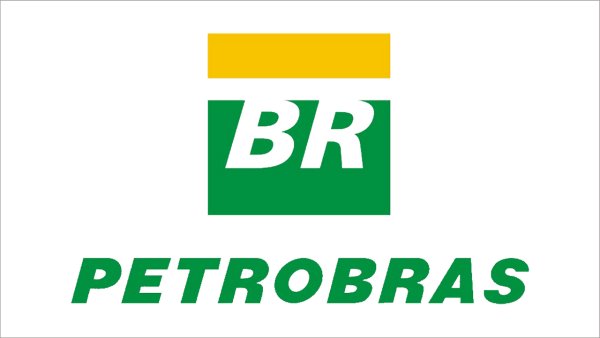
|
Petrobras confirms prompt availability of VLS B24 at Rio Grande
Lead time for barge deliveries currently five days. |
|
|
|
||
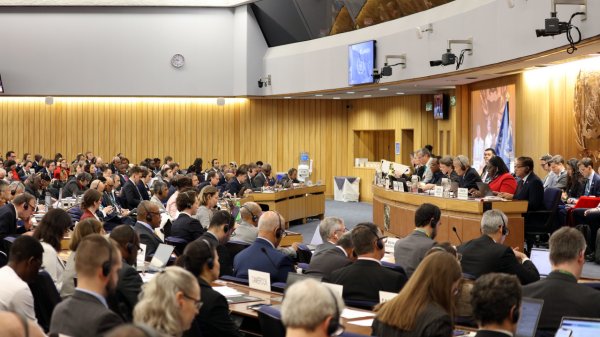
|
IMO approves pricing mechanism based on GHG intensity thresholds
Charges to be levied on ships that do not meet yearly GHG fuel intensity reduction targets. |
|
|
|
||
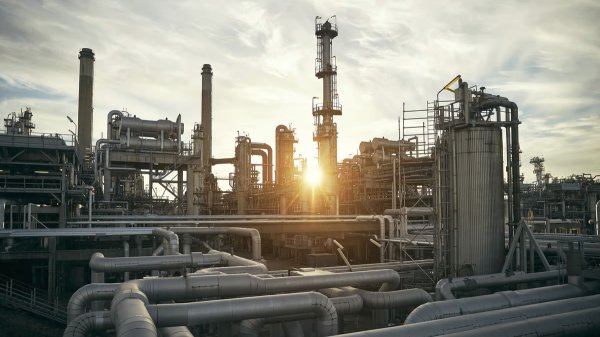
|
VARO Energy expands renewable portfolio with Preem acquisition
All-cash transaction expected to complete in the latter half of 2025. |
|
|
|
||
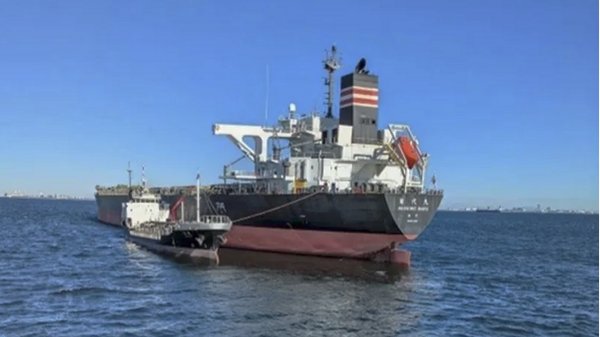
|
NYK trials biofuel in milestone coal carrier test
Vessel is used to test biofuel for domestic utility company. |
|
|
|
||
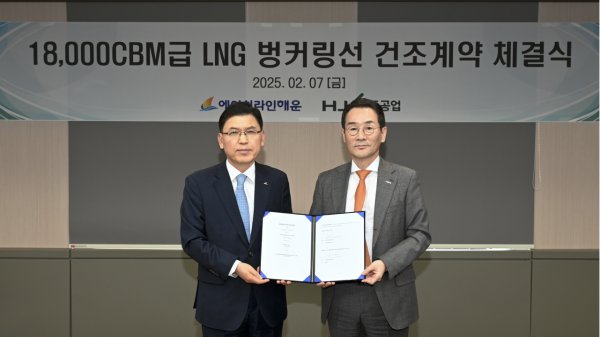
|
H-Line Shipping orders LNG bunkering vessel
Vessel with 18,000-cbm capacity to run on both LNG and MDO. |
|
|
|
||

|
How to engineer and manage green shipping fuels | Stanley George, VPS
Effective management strategies and insights for evolving fuel use. |
|
|
|
||
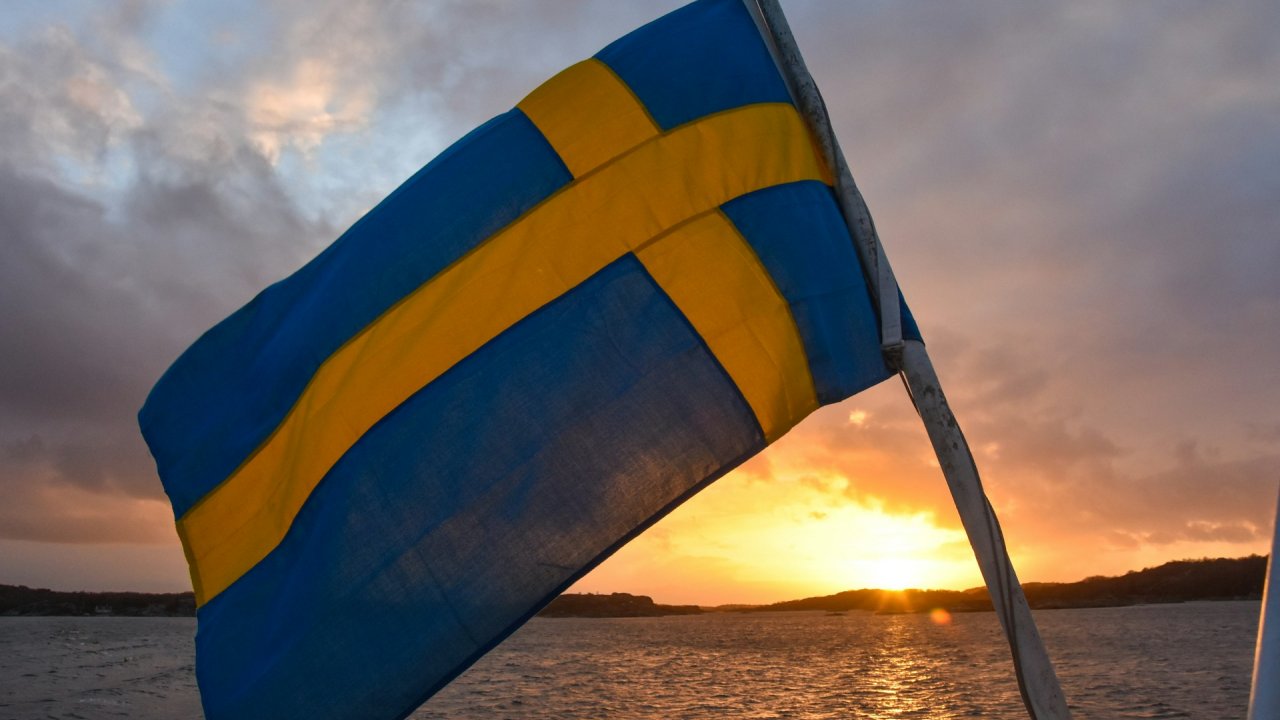
|
Swedish government bans scrubber wastewater discharges
Discharges from open-loop scrubbers to be prohibited in Swedish waters from July 2025. |
|
|
|
||
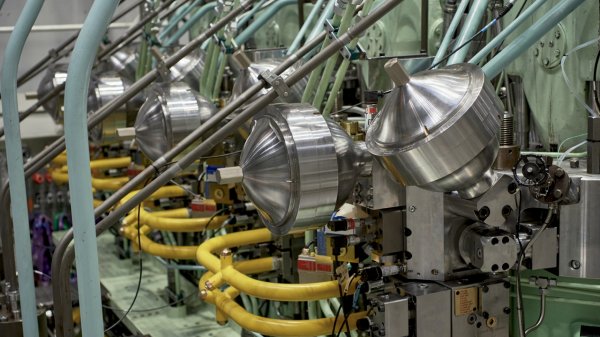
|
MAN Energy Solutions achieves 100% load milestone for ammonia engine
Latest tests validate fuel injection system throughout the entire load curve. |
|
|
|
||
Related Links
- · Interlake Steamship to install more scrubbers [Insights]
- · 'A lot of customers' plan to use scrubbers, says Wartsila CEO [Insights]
- · Scrubber technology for Finlandia Seaways [Insights]
- · Alfa Laval PureNOx approved for MAN Diesel & Turbo EGR scrubber [Insights]
- · Hybrid scrubbers ordered for three container ships [Insights]
- · United States [Directory]

